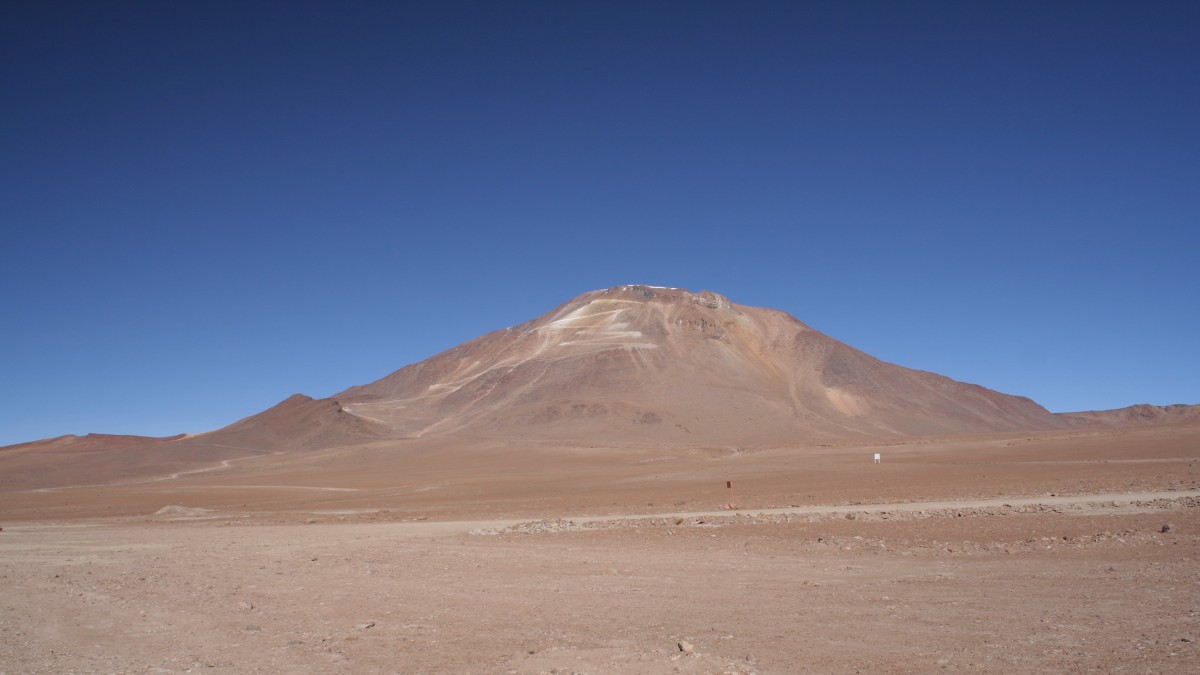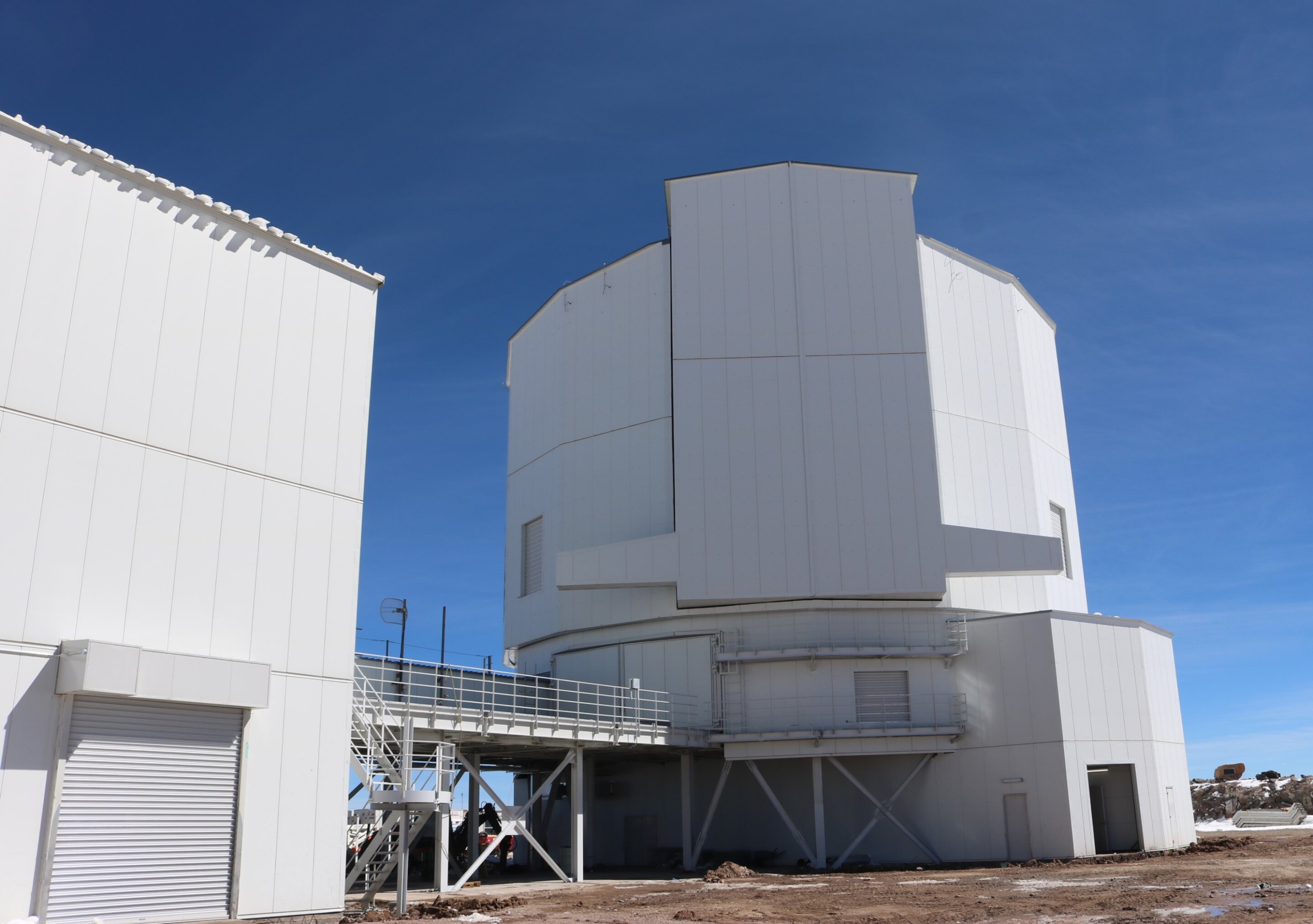
The University of Tokyo Atacama Observatory (TAO), located at an altitude of 5,640 meters on Cerro Chajnantor in Chile, has recently begun operations as the world's highest astronomical observatory. This unique location offers unrivaled clarity for studying the cosmos due to its minimal water vapor content and dry environment.
TAO's construction was a significant challenge, requiring collaboration with Indigenous peoples, the Chilean government, local universities, and even the Chilean Health Ministry to ensure safety measures were in place. The observatory is operated by the University of Tokyo and will contribute to research areas such as galaxy evolution, supermassive black holes, planet-forming regions, and more.
The telescope's primary instrument is a 6.5m infrared-optimized mirror that can observe mid-infrared wavelengths with exceptional clarity. This capability is essential for studying the environments around stars and understanding their formation processes.
Despite the challenges faced during construction, astronomers are excited about the potential discoveries TAO will bring. Yuzuru Yoshii, who has led the project since 1998, emphasizes that this unique location offers unparalleled opportunities for astronomical research. Takashi Miyata, director of the Atacama Observatory and manager of TAO's construction, shares his enthusiasm and looks forward to the start of observations.
Construction on Cerro Chajnantor was not without its difficulties. The high altitude posed risks for both workers and astronomers, including altitude sickness. Safety measures were taken into account during the planning process to ensure everyone's well-being.
The University of Tokyo Atacama Observatory (TAO) is a groundbreaking achievement in the field of astronomy, offering unparalleled capabilities for studying the universe. With its unique location and advanced instrumentation, TAO is poised to make significant contributions to our understanding of the cosmos.


